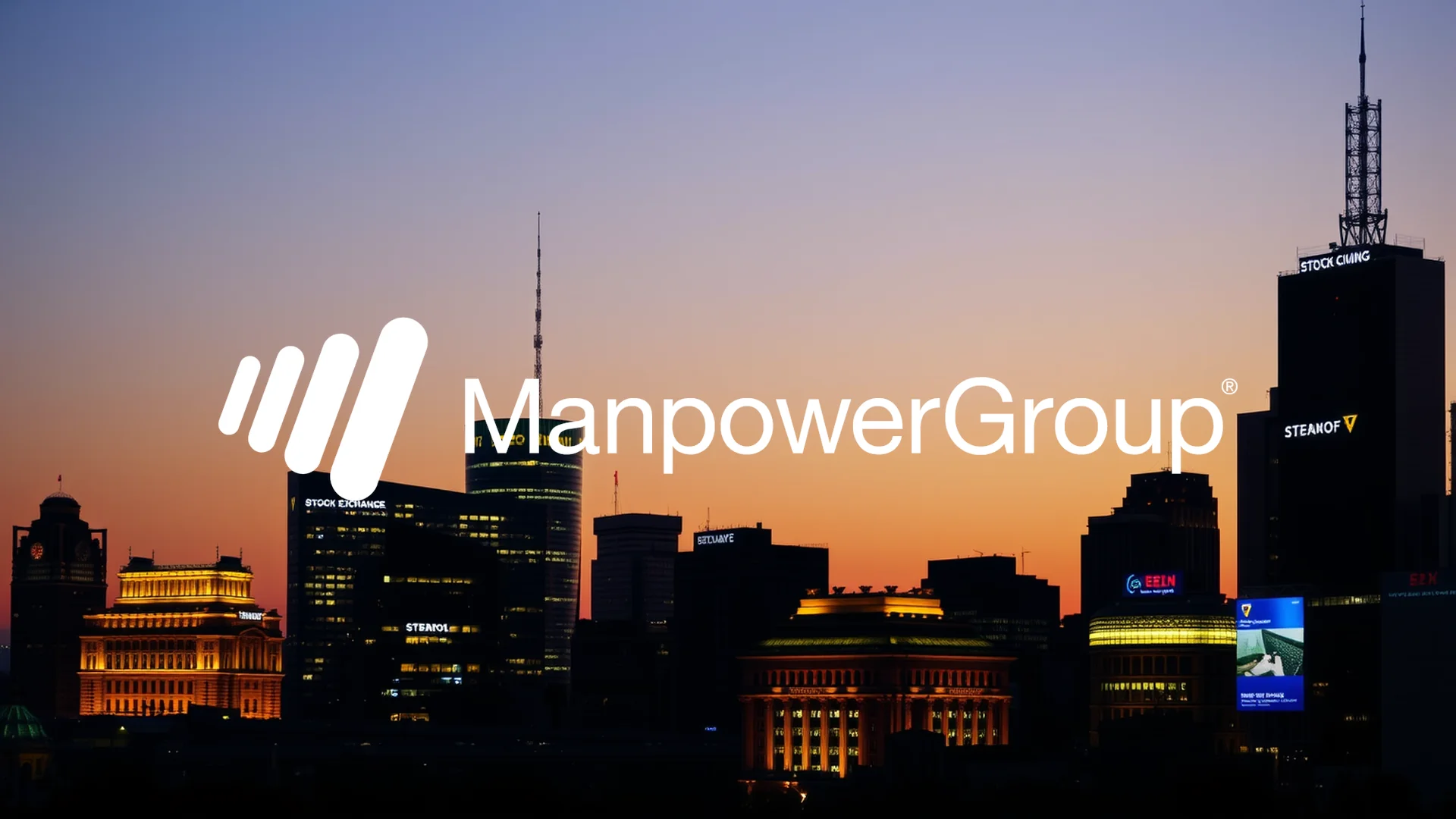Wolfspeed executed a remarkable financial transformation this Monday, emerging from Chapter 11 bankruptcy protection with a radically restructured balance sheet. The comprehensive overhaul resulted in a staggering 1,700% surge in its share price while fundamentally resetting the company’s capital structure.
Balance Sheet Transformation
The semiconductor manufacturer achieved its primary objective through this restructuring process. The company’s total debt burden was reduced by approximately 70%, with maturity extensions pushing repayment timelines out to 2030. This debt reduction translates to roughly 60% lower annual interest expenses, providing significant financial relief. Wolfspeed now maintains sufficient liquidity to continue supplying customers with its silicon carbide solutions without interruption.
The most dramatic aspect of the restructuring involved complete equity replacement. All existing shares were canceled and replaced with new stock. Previous investors received just 0.008352 new shares for each share they previously held—representing less than 1% of their original positions.
Trading Frenzy Follows Structural Overhaul
The equity restructuring triggered explosive trading activity. From Friday’s closing price of $1.21, Wolfspeed shares skyrocketed to $20.89—representing an extraordinary 1,686% advance. Simultaneously, the total number of outstanding shares plummeted dramatically from 156.48 million to just 25.84 million.
While the price movement appears spectacular, the benefits were distributed unevenly. Existing shareholders saw most of their positions wiped out, with the new shares primarily allocated to creditors and institutional investors who had supported the restructuring plan.
Strategic Positioning in Growth Markets
The critical question now is whether Wolfspeed can capitalize on its fresh start. The company operates in precisely the markets experiencing strongest growth: electric vehicles, artificial intelligence, and renewable energy. Its specialized silicon carbide chips offer substantially higher energy efficiency compared to traditional semiconductors.
Should investors sell immediately? Or is it worth buying Wolfspeed?
“We are well-positioned to meet rising demand in growth markets including AI, EVs, and industrial applications,” emphasized CEO Robert Feurle. The company’s vertically integrated manufacturing based on 200mm technology and U.S.-based supply chain are expected to create competitive advantages.
Leadership Reinforcement
Coinciding with its financial reboot, Wolfspeed appointed five new directors to its board. The company brought aboard experienced industry veterans including Mike Bokan, formerly sales chief at Micron Technology, and Eric Musser, outgoing president of Corning.
During the restructuring process, Wolfspeed had already strengthened its financial leadership by appointing Van Issum as chief financial officer—a clear signal of the company’s commitment to operational excellence and fiscal discipline.
Recovery Prospects and Challenges
Despite the spectacular financial reset, Wolfspeed remains a speculative investment. The company continues to operate at a loss and must compete against established players like ON Semiconductor and NXP in an intensely competitive marketplace.
Nevertheless, the company’s starting position appears favorable. With a strengthened balance sheet, focused manufacturing strategy, and booming target markets, Wolfspeed has the foundation for a potential comeback. The decisive factor will be whether the company can successfully ramp up production and achieve projected free cash flows—without requiring additional capital injections.
Ad
Wolfspeed Stock: Buy or Sell?! New Wolfspeed Analysis from November 15 delivers the answer:
The latest Wolfspeed figures speak for themselves: Urgent action needed for Wolfspeed investors. Is it worth buying or should you sell? Find out what to do now in the current free analysis from November 15.
Wolfspeed: Buy or sell? Read more here...













